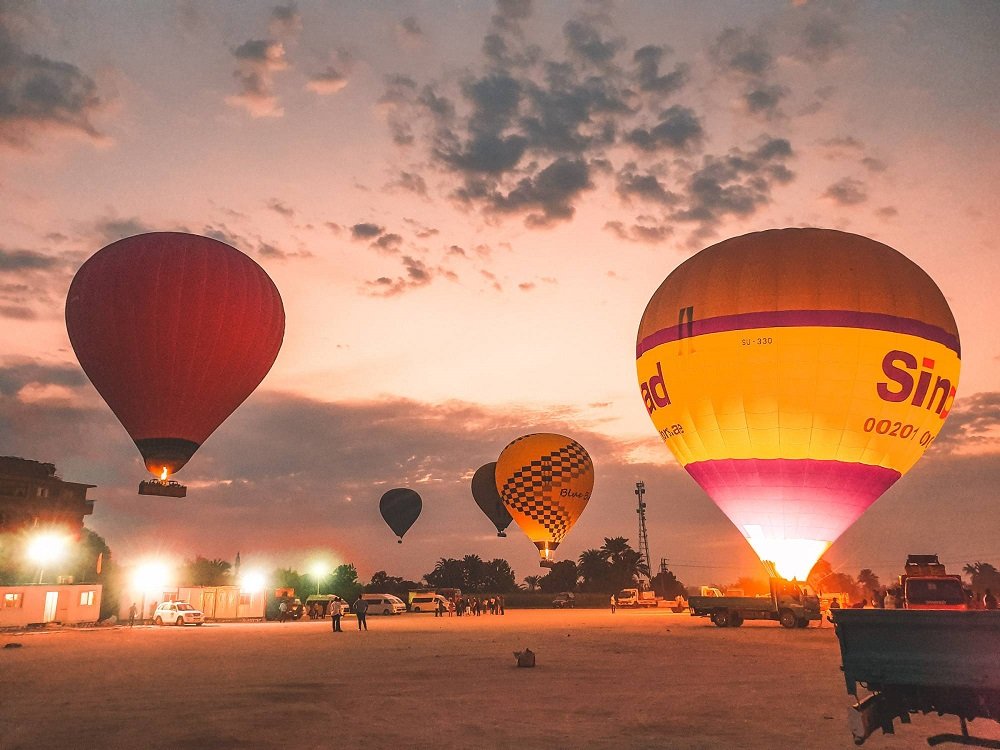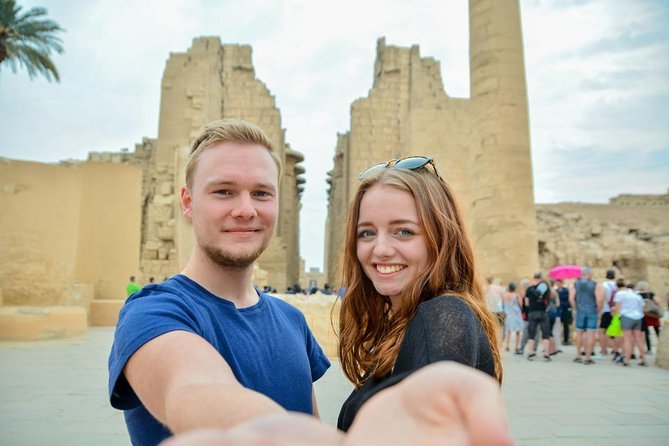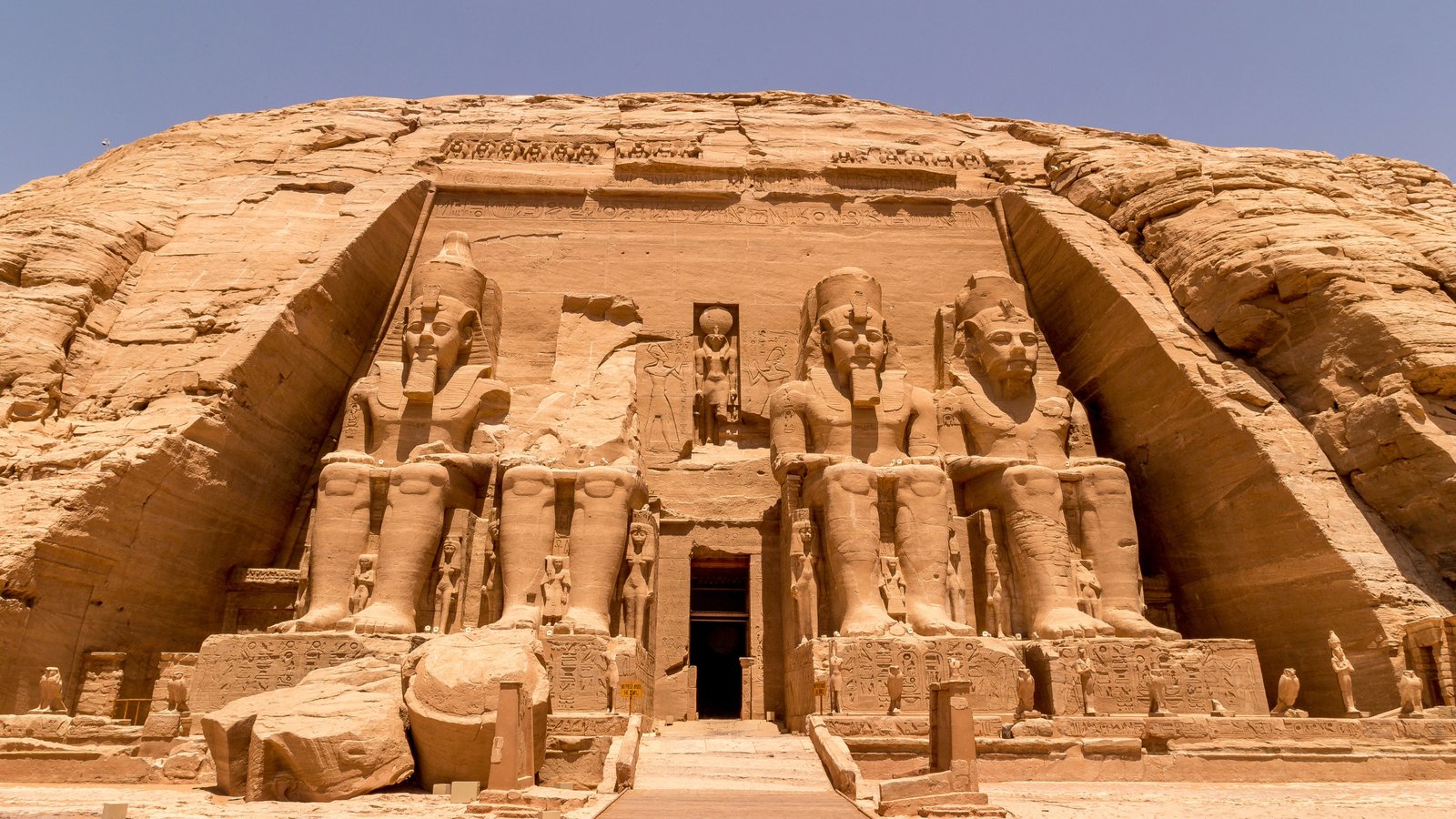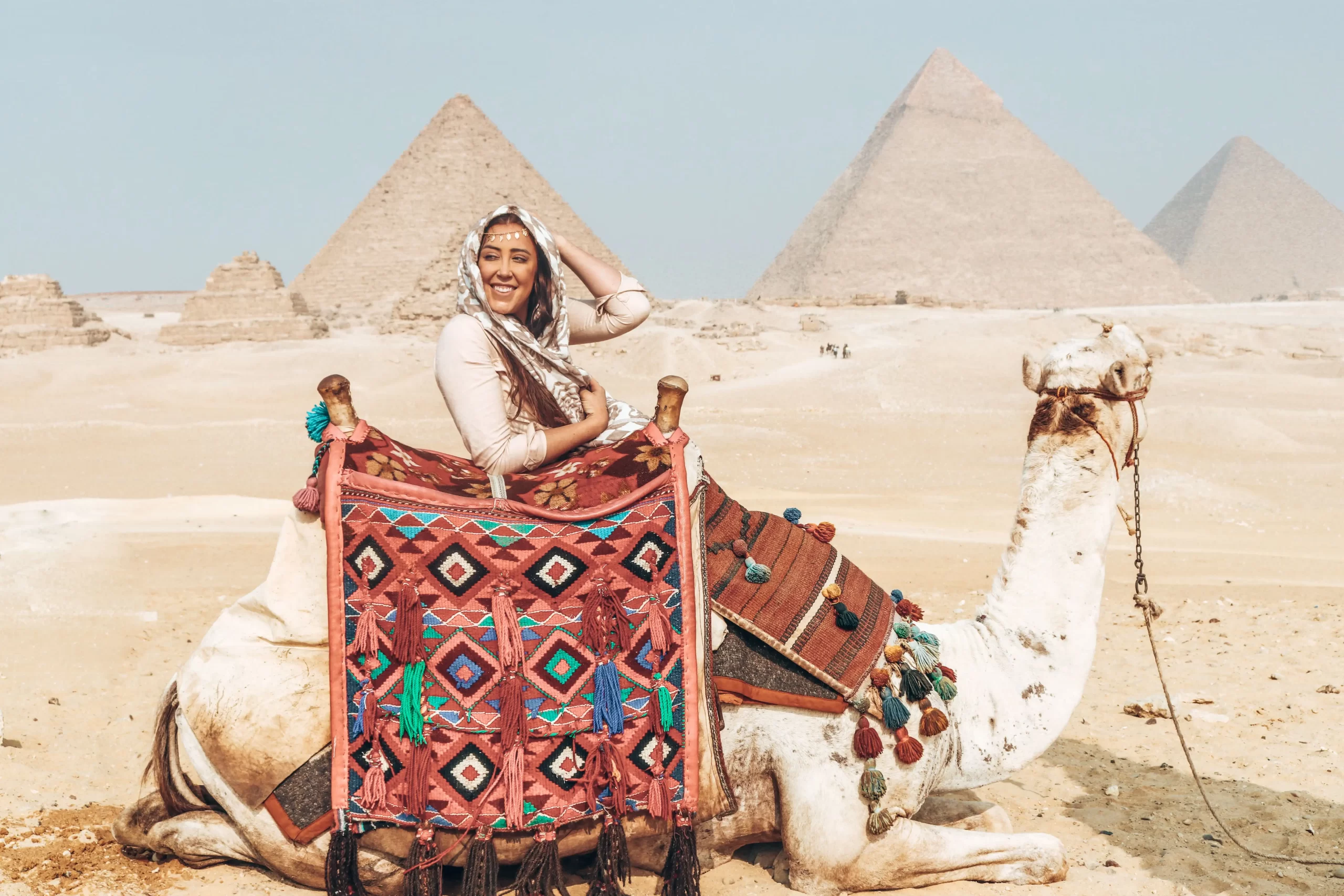2 Day
Everyday
Your Hotel
2 Attractions
Tour Description
2 day tour from Luxor to Aswan by private car, starts at 7:00 am, pick-up from your hotel or Nile Cruise In Luxor our Egyptologist guide will be waiting for you and join you in the adventure to explore Aswan sights On the way, you will witness the real lifestyle the farmers and the market life experience
Included
- Bottled water
- all transfers with modern air-conditioned vehicles
- Entrance fees
- Lunch
- Qualified Egyptologist guide
- Hotel pickup and drop-off
- 1 night at one of Aswan hotels
Not Included
- Gratuities
Tour Itinerary
Aswan day tour from Luxor by Private car
Aswan tour, 2 days from Luxor by private car, starts at 7:00 am pick-up from your hotel or Nile Cruise In Luxor our Egyptologist guide will be waiting for you and join you in the adventure to explore Aswan sights On the way, you will witness the real life style the farmers and the market life experience then you will arrive first to visit
Edfu temple

The temple was constructed during Ptolemy VII's reign and was situated between the Nubian trade routes and the gold mines in the eastern desert. Later, it served as a training facility for wild animals employed in Ptolemy VII's role-playing against the Seleucid empire. It makes sense that the temple is devoted to the crocodile god because of its location
was formerly a favorite spot for crocodiles to sunbathe on the banks of the Nile. Later additions included the hypostyle hall, which Ptolemy the Seventh erected between 51 and 47 BC. The forecourt and exterior walls were also added during the reign of Emperor Trajan, which lasted from 53 to 117 AD.
After completing your visit to Edfu, continue driving to
Kom Ombo

The temple was constructed during Ptolemy VII's reign and was situated between the Nubian trade routes and the gold mines in the eastern desert. Later, it served as a training facility for wild animals employed in Ptolemy VII's role-playing against the Seleucid empire. It makes sense that the temple is devoted to the crocodile god because the location was formerly a favorite spot for crocodiles to sunbathe
on the banks of the Nile. Later additions included the hypostyle hall, which Ptolemy the Seventh erected between 51 and 47 BC. The forecourt and exterior walls were also added during the reign of Emperor Trajan, which lasted from 53 to 117 AD.
The Egyptian god Seth, who in the myth of Horus and Issac, represents evil and darkness and, in an attempt to flee, changed his skin to resemble a crocodile; the building on the right side of Kom Ombo Temple is dedicated to Sobek, a form of Seth, his wife Hathor, and their son (khunso).
The ancient Egyptians had very specific religious beliefs, and each god or goddess indicated some morals that motivated the Egyptians to dedicate themselves to worshiping them. The Egyptians thought they would be shielded from invasions if they worshipped and revered terrifying crocodiles as gods. But the temple's left-hand building is reserved for Haroeris, a reincarnation of Horus, and his spouse. The Egyptian myths were greatly appreciated and impressed by the Roman emperors, who recognized them well.
Continue driving towards Aswan, where you can have lunch in a local restaurant. After lunch, transfer to Aswan and stay at your hotel there for 1 overnight
day 2 ; Aswan high dam , philae temple
Phila temple

Many early travelers to Egypt were captivated by the tiny island of Philae, which is only 450 meters long and less than 150 meters wide. Known as the "Pearl of Egypt," it was renowned for its exquisite beauty. The fertile deposits that had accumulated in the cracks in the granite bedrock gave rise to plants and palm trees. Proudly rising against the skyline were opulent Graeco-Roman temples and colonnades, as well as kiosks and sanctuaries. A sense of mystery prevailed. Not nefarious, as in breaking secrets, so much as subdued confusion.
During the Greco-Roman era, Philae's holiness surpassed that of numerous other Egyptian cities. It developed into the epicenter of the Isis religion, which was resurrected in the Saite era (664-525 BC). As was previously said, the Ptolemies constructed temples for the Egyptians' most revered gods and goddesses in an effort to win their favor. The Great Temple of Isis was under construction when Ptolemy II (285-246 BC) took over.
On the nearby island of Bigeh, a temple dedicated to her consort Osiris was constructed, (of which only a gateway survives. Their son Horus had his own temple on Philae; the Ptolemies called him Harendotus. Among the other buildings on the island was a tiny temple dedicated to Imhotep, the constructor of Zoser's Step Pyramid at Sakkara, who was thereafter
. End your day tour with a visit to.
High Dam

The Aswan Dam, often known as the Aswan High Dam since the 1960s, is an embankment dam that was constructed in Aswan, Egypt, between 1960 and 1970 to span the Nile. Its importance far outweighed that of the earlier Aswan Low Dam, which was built downstream and finished in 1902. Following the 1952 Egyptian Revolution, the government made building the High Dam a top priority due to the Low Dam's success at full capacity.
The dam's capacity to produce hydroelectricity, improve flood control, and increase water storage for irrigation made it essential for Egypt's planned industrialization. Similar to its earlier installation, the High Dam has had a profound impact on Egypt's culture and economy.
Around 4:00 pm. transferred back to your hotel in Luxor. or in Aswan, if the customer intends to stay at Aswan instead of returning to Luxor.
Pricing Policy
- 0 to 5.99 – Free.
- From 6 to 11.99 – 50% of the adult person.
- From 12 – will be treated as an adult and must pay the total price of the tour.
- If your travel package includes airfare, there may be an extra fee for each child accompanying you.
- The child policy applies to children who share rooms with their parents (maximum 2 child sharing the parents’ room under 12 years old)
- Reservations should be made as soon as possible.
- The payment of the total amount must be made at the time of booking confirmation and can be made by credit or debit card (Visa and Mastercard) via Verisign Secured system on our website
We don’t charge a cancellation fee for tours canceled for “force majeure” reasons, such as volcanoes, earthquakes, or other reasons. If the cancellation is due to personal or business reasons and we have already incurred costs on your behalf, these costs will be transferred to you.
- All our packages and tours of Egypt do not include entrance fees to special archaeological sites such as visiting inside the pyramids, the Museum where the Solar Boat is located in the pyramid area, or to enter the Tutankhamun tomb in the Valley of the Kings in Luxor.
- If you wish to visit one or all of these areas, please contact us by email as soon as possible, so that we can make the necessary arrangements.
- Tips are not mandatory. And a form of appreciation for the services provided.
- Whether you offer a tip or not, we thank you for choosing us to help you on your tour, and we hope we have pleased you.
- Read More about Tipping in Egypt
Frequently Asked Questions
To book a tour, you can visit the official website of the tour company or contact them directly through phone or email. Alternatively, you can use online booking platforms or visit a travel agency. Make sure to provide all necessary details such as preferred dates, number of participants, and any specific preferences to ensure a smooth booking process.
We offer tours in a variety of languages, including but not limited to English, Spanish, French, German, Italian, Chinese, Japanese, Russian, and Arabic. If you require a tour in a specific language, please feel free to inquire, and we will do our best to accommodate your needs.
The most widely accepted currency on this tour is the US dollar. While local currencies may also be accepted in certain locations, carrying US dollars as a backup is advisable to ensure smooth transactions throughout the tour.
Yes, we accept payment by credit card.
Tipping is not included in the tour price. It is customary to tip tour guides and other service providers in the tourism industry as a gesture of appreciation for their services.







